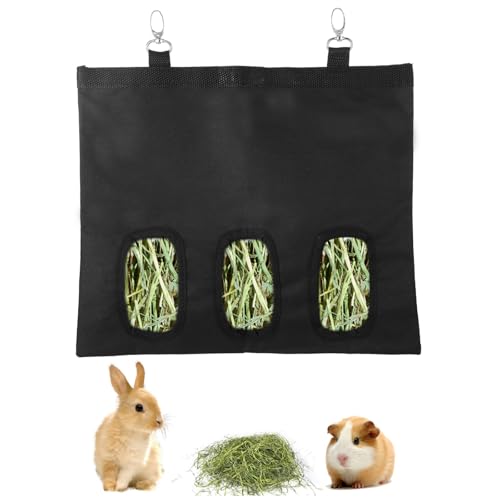Both of the issues you describe are common to the harlequin
e(j) allele. There is a book available online at Rabbitcolors.info by Roy Robinson called Genetic Studies of the Rabbit.
Rabbitcolors - Literature Some of what you describe is noted in his book on rabbit genetics (p. 450): "The dark or 'steel' pattern which develops in agoutis of genotype
Ee(j) shows that the black part of the Japanese
(the 'j' part of e(j) stands for Japanese, the original name for harlequin) pattern is not fully recessive. PUNNETT, indeed, suggests that the black of the
e(j) is more closely akin to that of the
E(D) than to that occuring in
E animals." On page 251 of the same book, he states: "The peculiar relationship of expression of the yellow and black pattern of the Japanese has prompted CASTLE (1922, 1950) to suggest that the
e(j) allele is a compound of the alleles
e and
E(S) or
E(D)". I have noticed in my harlequin line rabbits that some dark patches are a much deeper black than others, and have read on other websites about the same condition on their harlequins. It is suspected that these sections are actually dominant black
E(D)
If you go to Green Barn Farm's page on the effects of the various
E extension alleles at
A/E Gene Combinations you'll see that mixing steel with harlequin
E(S)e(j) can cause ticking only in patches, the other condition you noted.
















![FHQHTH Faux Rabbit Fur Purse Fuzzy Handbags for Women Evening Handbags Al alloy Shoulder Strap [Rabbit Red]](https://m.media-amazon.com/images/I/41l5Hd2qrhL._SL500_.jpg)

















